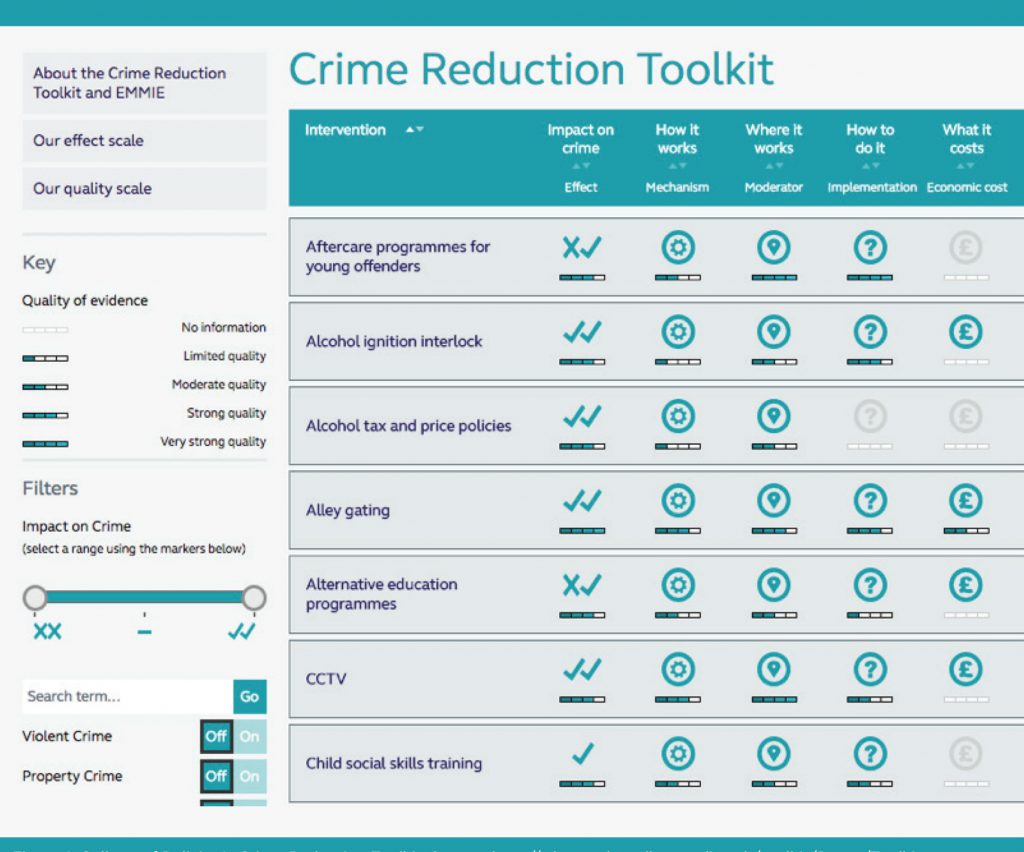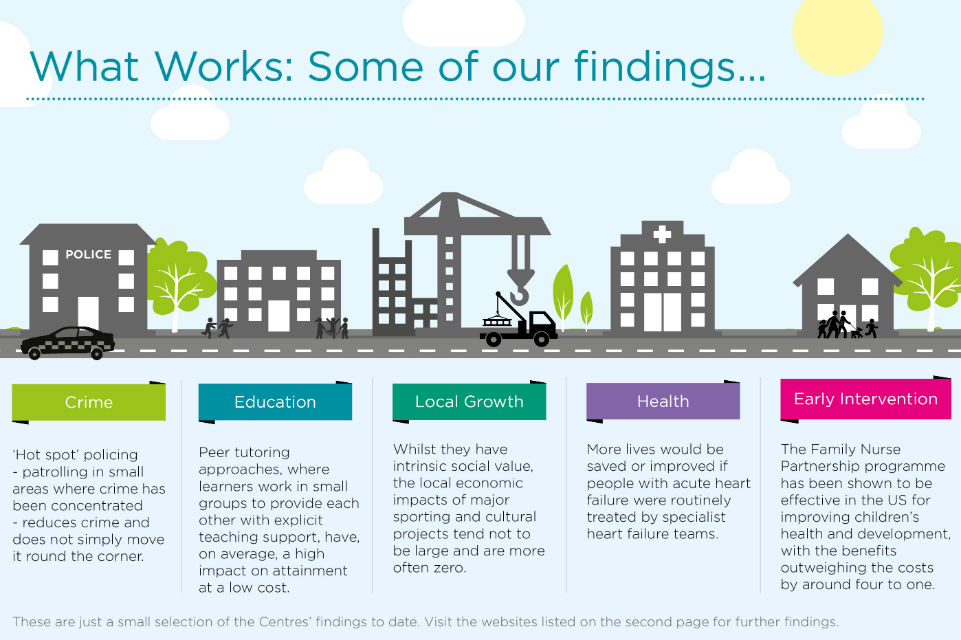A decade since the UK Government's Behavioural Insights Team became the first in the world dedicated to applying behavioural science to public policy, BIT CEO David Halpern identifies the policy ‘unicorns’ – the successful ‘nudges’ prompted by behavioural insights.
Poli Stuart-Lacey, Director of Communications at HM Revenue & Customs, explains the rationale behind the move “from tax man to tax duck”, and how it increased Self Assessment compliance rates.
How has the approach to government communications changed over the last 100 years, and what lessons have we learnt?
Dr Jen Gold, Head of the What Works Team, sees growing opportunities for policy-makers to generate more of their own evidence of what works.
Public service professions have lagged behind the medical profession in using empirical evidence to guide decision making. David Halpern, National Adviser on What Works & CEO of Behavioural Insights Team, explains how the emergence of ‘What Works Centres’ can change this, and outlines the case for ‘radical incrementalism’.
Crime in general has fallen, but thieves are still targeting mobile phones. The Behavioural Insights Team (BIT) has developed a risk index to keep consumers informed and even prevent crimes before they happen. Simon Ruda, Ed Bradon and David Halpern from BIT show us how they did it.
Relatively simple changes can have significant effects on rates of charitable giving, according to the Behavioural Insights Team. The UK is a generous country. It is home to some of the world’s greatest philanthropists, to 150,000 charities, and a public …






Recent Comments